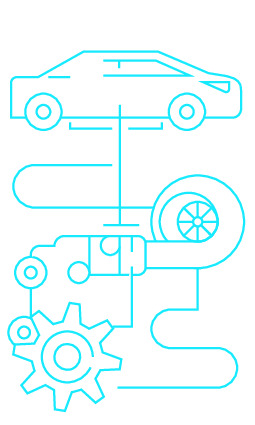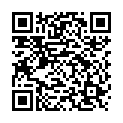|
|
|
| Module code: FT04.5 |
|
|
2V+2U (4 hours per week) |
|
4 |
| Semester: 1 |
| Mandatory course: yes |
Language of instruction:
German |
Assessment:
Course component "CAD": Written exam 90 min. (50%)
Course component "Design Methodology": Project work with term paper (50%)
[updated 30.09.2020]
|
FT04.5 (P242-0010, P242-0050, P242-0051) Automotive Engineering, Bachelor, ASPO 01.04.2016
, semester 1, mandatory course
FT04.5 (P242-0010, P242-0050, P242-0051) Automotive Engineering, Bachelor, ASPO 01.10.2019
, semester 1, mandatory course
|
60 class hours (= 45 clock hours) over a 15-week period.
The total student study time is 120 hours (equivalent to 4 ECTS credits).
There are therefore 75 hours available for class preparation and follow-up work and exam preparation.
|
Recommended prerequisites (modules):
None.
|
Recommended as prerequisite for:
FT16.1 Vehicle Superstructures and Lightweight Construction
FT19.1 Passive Vehicle Safety
FT26.1 Project Work 1
FT30 Engineering Project in English
[updated 12.02.2020]
|
Module coordinator:
Prof. Dr.-Ing. Ramona Hoffmann |
Lecturer:
Prof. Dr.-Ing. Ramona Hoffmann
Dipl.-Ing. Bernd Gaspard
[updated 20.09.2021]
|
Learning outcomes:
After successfully completing this module, students will be able to solve a specific design problem using a systematic, method-supported approach.
Course component "CAD":
After successfully completing this part of the module, students will:
- be able to use the basic functions of a modern 3-D CAD system, as well as apply the basic methodical procedures for creating a 3-D model.
Students will be able to generate sketches, model simple components and derive drawings (2-D) from them, as well as create assemblies.
Course component "Design Methodology":
After successfully completing a project in this course, students will be able to:
- design the development process of a vehicle-specific component and in doing so,
- systematically work out, analyze and evaluate solutions for individual sub-functions within an overall system and find the technically and economically optimal solution.
- apply development methods (functional structure, morphological box, variant reduction, evaluation) when designing a new component/system.
Within the framework of a final interdisciplinary project (FT04.2, FT04.3, FT04.4 and FT04.5), the students must design a small component in a team after determining loads, then dimension it in accordance with the loads and stresses and produce a production drawing in accordance with the standards. In this way, students will become familiar with the interaction of sub-disciplines and important interfaces and be able to practice running through the sequence of development steps, which they can then, in subsequent projects, independently transfer to other components.
[updated 30.09.2020]
|
Module content:
Course component "CAD":
1. Introduction to the CATIA user interface
2. Creating sketch geometries (Skecher) using condition definitions and dimensions
3. Creating and editing simple parametric components (part design)
4. Post-processing components by edge rounding, chamfering, extraction bevels, threads,...
5. Defining and using work planes, work axes, work points
6. Generating assemblies (Assembly Design) with the help of 3-D conditions and dependencies
7. Deriving 2-D drawings (drafting) from 3-D models and their dimensioning
Course com
[updated 30.09.2020]
|
Recommended or required reading:
[still undocumented]
|


